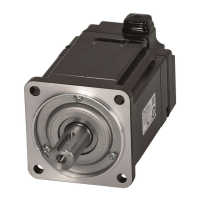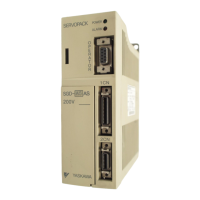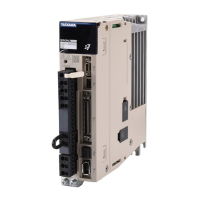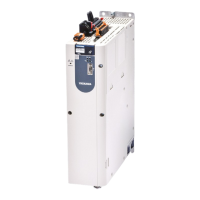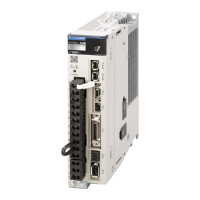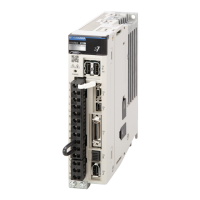2.4 Conducting a Test Run
39
2.4.2 Step 1: Conducting a Test Run for Motor without Load
Check that the motor is wired correctly.
If the motor fails to rotate properly during a servo drive test run, the cause most frequently lies
in incorrect wiring.
Conduct a test run for the motor without load according to the procedure described below.
For customers who use a servomotor with brake, refer to Section 2.4.4 Supplemental In-
formation on Test Run before starting a test run.
Operate the motor with
a Digital Operator.
Check wiring.
Do not connect to the machine.
(1) Secure the servomotor.
Secure the servomotor to mounting holes to
prevent it from moving during operation. Alter-
natively, install the servomotor on the machine
and disconnect couplings and belts.
(2) Disconnect connector 1CN, then check the
motor wiring in the power supply circuit.
I/O signals (1CN) are not to be used so leave
connector 1CN disconnected.
Note: When absolute encoder is used, connect
the battery. Also, initialize the absolute
encoder.
See 3.8.5 Using an Absolute Encoder
for details.
(3) Short the alarm signal circuit.
Because connector 1CN is disconnected, the
alarm signal prevents the power supply circuit
from being turned ON. Therefore, temporarily
short the alarm signal circuit.
2
Secure servomotor to mounting holes.
Do not connect
anything to the
motor shaft
(no-load
status).
Disconnect
connector
1CN
Power supply
0V +24V
Force this relay ON.
Short this
circuit.
1CN disconnected

